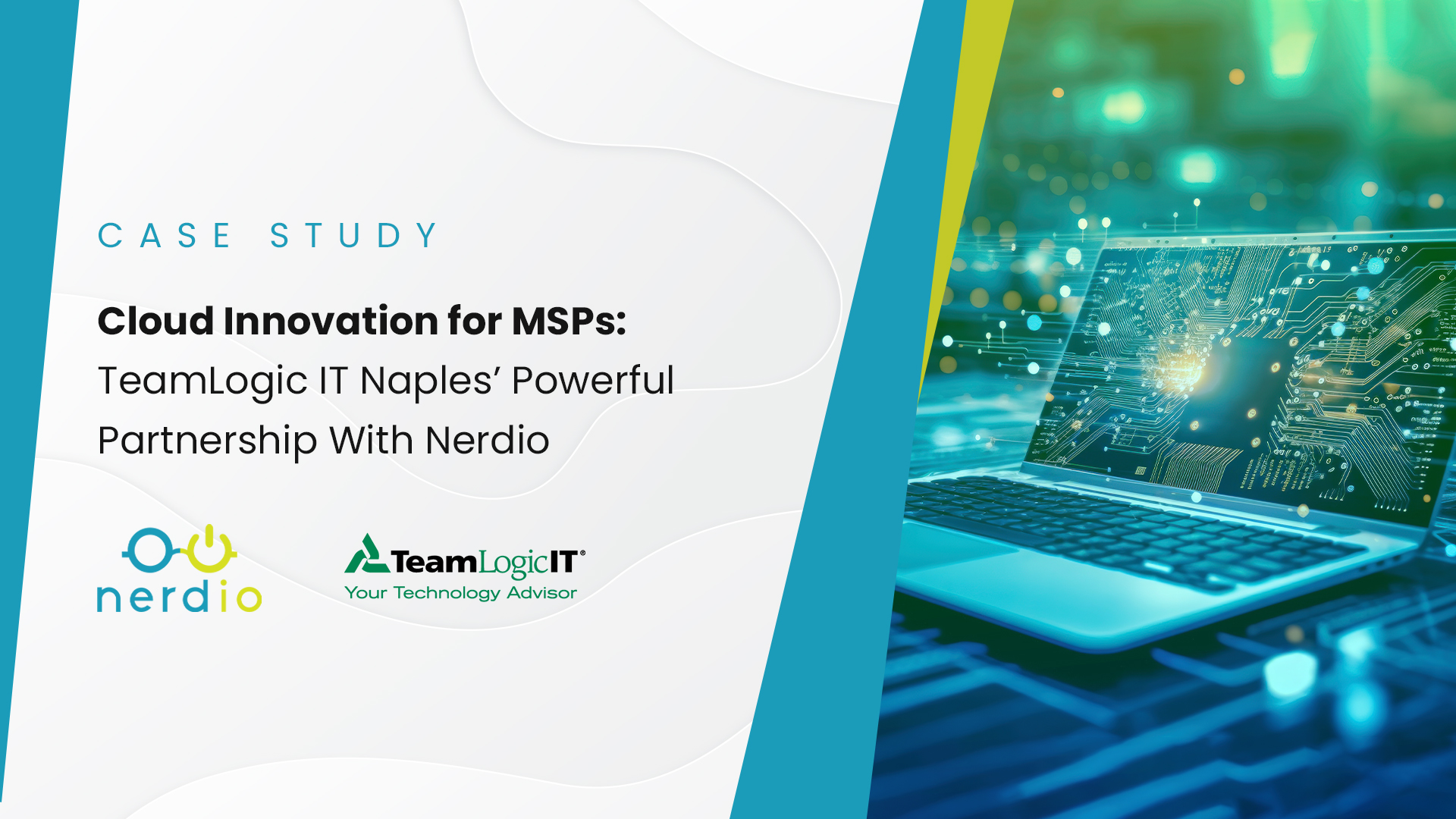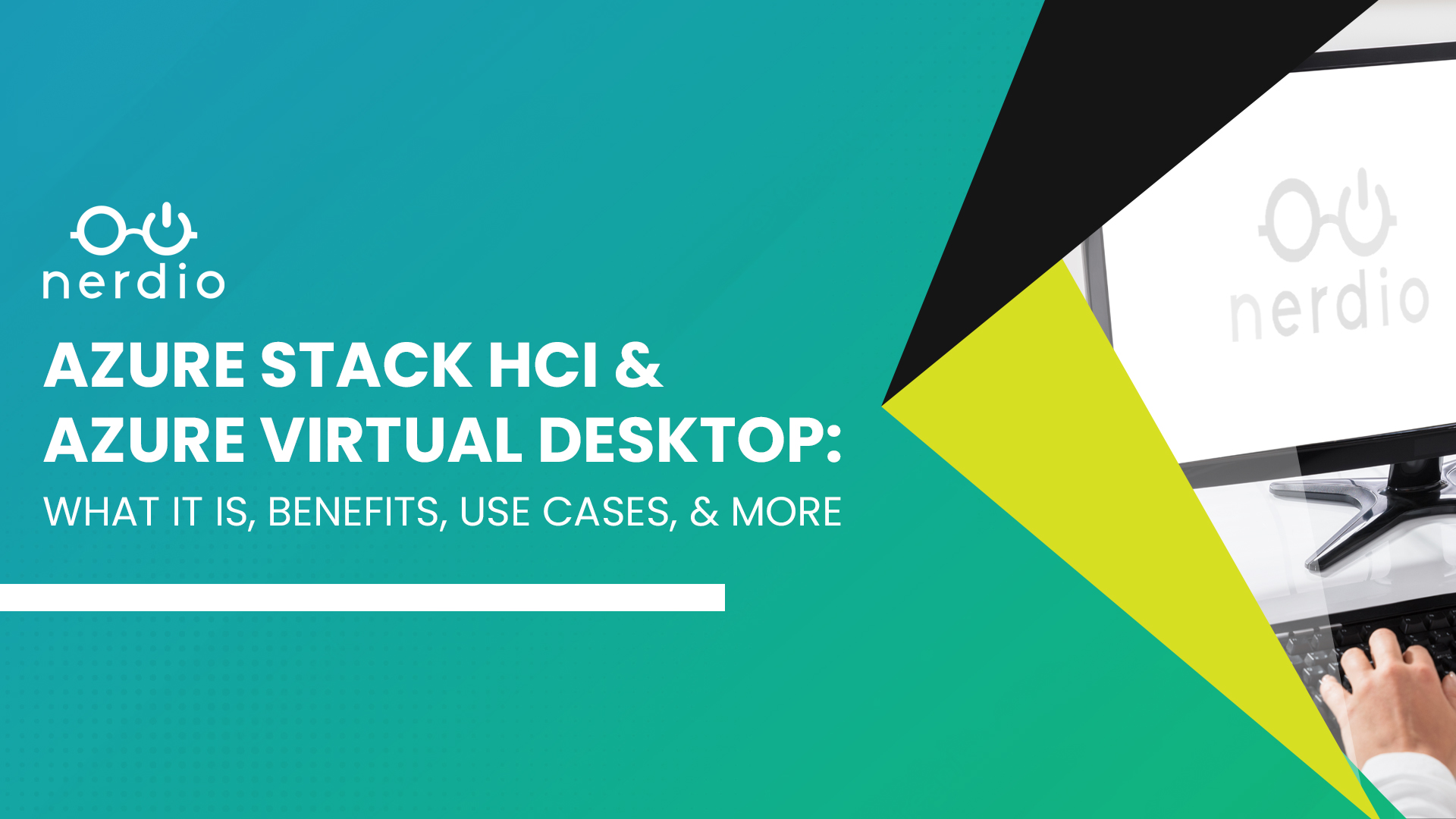2024 Nerdio Training Camps for MSPs now open for registration!
- Products
-
-
- Products Overview

- Our Products
Discover the power unified, integrated management and cost-optimization can bring to your native Microsoft technology stack.
- Products Overview
-
- Nerdio Manager for Enterprise
- Nerdio Manager For Enterprise
A modern, unified management platform for cloud VDI, Cloud PCs, and physical endpoints catered to enterprise IT needs.
- Plans & Pricing
- Enterprise “Partnerd” Program
Learn about our exclusive enterprise partner program benefits, tiers, and more.
- Enterprise Monthly Partner Webinar
- Microsoft Sellers
- Industries
- Nerdio Ready
- Nerdio Manager for Enterprise
-
- Nerdio Manager for MSP
- Nerdio Manager For MSP
A multi-tenant, unified management platform for Microsoft Azure and related services purpose-built for Managed Service Providers (MSPs).
- Plans & Pricing
- MSP “Partnerd” Program
Learn about our exclusive MSP partner program benefits, tiers, and more.
- MSP Monthly Partner Webinar
- Nerdio Manager for MSP
-
-
-
-
- Learn
-
-
- Events
- Events Calendar
View upcoming industry events where you can find and connect with Nerdio in person and online.
- Nerdio MSP Training Camp
Register for our FREE, hands-on workshop to learn how to build a modern cloud MSP leveraging native Microsoft technologies.
- Upcoming MSP Webinars
- Certifications
- Enterprise Certifications
- MSP Certifications
- Events
-
- Featured from Resources
-
With hundreds of locations across North America, TeamLogic IT is an MSP franchise organization that
In this article, we’ll break down the foundational concepts of Azure Stack HCI, what it
Artificial Intelligence (AI) is revolutionizing the way IT professionals work, innovate, and secure a competitive
-
-
-
- Support
- Company
-
-
- About Us

- Company Overview
Get to know Nerdio – our history, people, and passion for simplifying and improving IT management.
- About Us
-
- Working With Nerdio
- Careers
- Nerdio Valued Professionals
A unique program recognizing exceptional Nerdio community advocates and supporters.
- Working With Nerdio
-
- Comparing Nerdio
- Switch to Nerdio
Learn how Nerdio stacks up to legacy VDI vendors like Citrix and VMware.
- Media & Marketing
- Press Releases
- Branding Guidelines
Nerdio branding assets, including fonts, logos, and more.
- Comparing Nerdio
-
-
-
-
- Free Tools
- Free Tools
- Cost Estimator for MSPs
A FREE MSP tool to properly quote and cost-predict Microsoft Azure licenses, margins, etc., prior to deployment – no Nerdio commitment or licensing required.
- AVD Modeler Tool for Enterprise
A FREE enterprise tool to model and cost-predict Azure Virtual Desktop environments – no Nerdio commitment or licensing required.
- Our Products
- Learn
- Company
- Support
- Free Tools
- Schedule Demo





